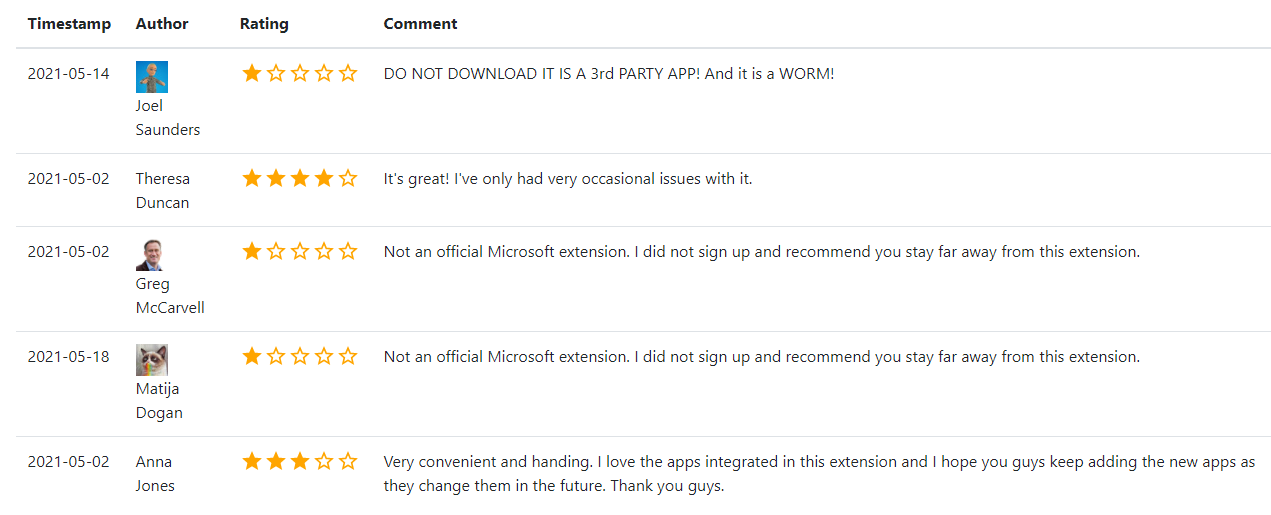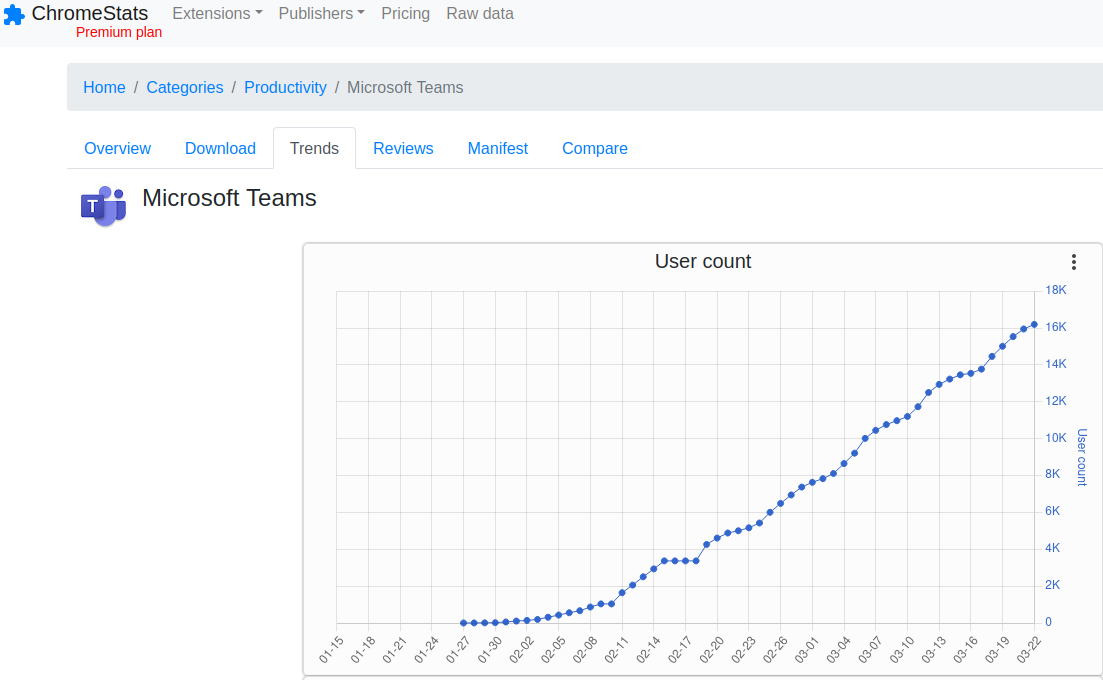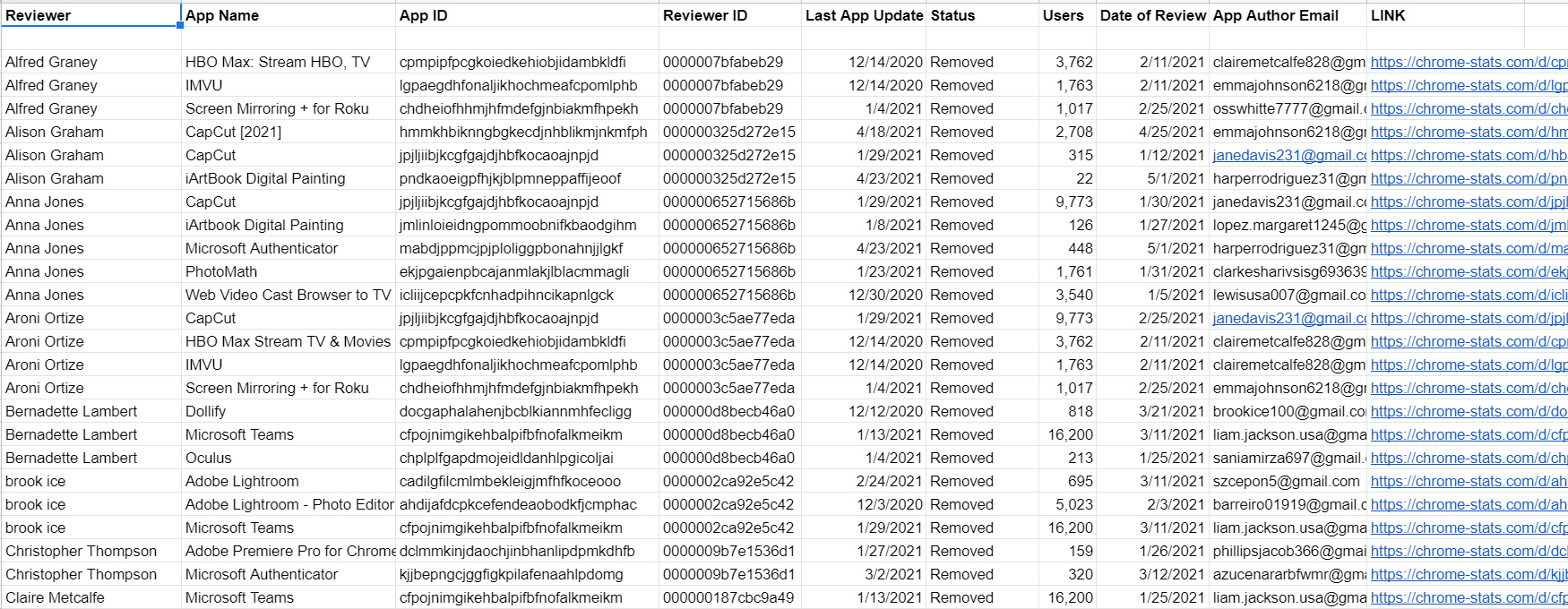With buyout, Cloudera hunts for relevance in a changing market
When Cloudera announced its sale to a pair of private equity firms yesterday for $5.3 billion, along with a couple of acquisitions of its own, the company detailed a new path that could help it drive back toward relevance in the big data market.
When the company launched in 2008, Hadoop was in its early days. The open-source project developed at Yahoo three years earlier was built to deal with the large amounts of data that the internet pioneer generated. It became increasingly clear over time that every company would have to deal with growing data stores, and it seemed that Cloudera was in the right market at the right time.
And for a while things went well. Cloudera rode the Hadoop startup wave, garnering a cool billion in funding along the way, including a stunning $740 million check from Intel Capital in 2014. It then went public in 2018 to much fanfare.
But the markets had already started to shift by the time of its public debut. Hadoop, a highly labor-intensive way to manage data, was being supplanted by cheaper and less complex cloud-based solutions.
“The excitement around the original promise of the Hadoop market has contracted significantly. It’s incredibly expensive and complex to get it working effectively in an enterprise context,” Casey Aylward, an investor at Costanoa Ventures told TechCrunch.
The company likely saw that writing on the wall when it merged with another Hadoop-based company, Hortonworks, in 2019. That transaction valued the combined entity at $5.2 billion, almost the same amount it sold for yesterday, two years down the road. The decision to sell and go private may also have been spurred by Carl Icahn buying an 18% stake in the company that same year.
Looking to the future, Cloudera’s sale could provide the enterprise unicorn room as it regroups.
Patrick Moorhead, founder and principal analyst at Moor Insight & Strategies, sees the deal as a positive step for the company. “I think this is good news for Cloudera because it now has the capital and flexibility to dive head first into SaaS. The company invented the entire concept of a data life cycle, implemented initially on premises, then extended to private and public clouds,” Moorhead said.
Adam Ronthal, Gartner Research VP, agrees that it at least gives Cloudera more room to make necessary adjustments to its market strategy as long as it doesn’t get stifled by its private equity overlords. “It should give Cloudera an opportunity to focus on their future direction with increased flexibility — provided they are able to invest in that future and that this does not just focus on cost cutting and maximizing profits. Maintaining a culture of innovation will be key,” Ronthal said.
Which brings us to the two purchases Cloudera also announced as part of its news package.
If you want to change direction in a hurry, there are worse ways than via acquisitions. And grabbing Datacoral and Cazena should help Cloudera alter its course more quickly than it could have managed on its own.
“[The] two acquisitions will help Cloudera capture some of the value on top of the lake storage layer — perhaps moving into different data management features and/or expanding into the compute layer for analytics and AI/ML use cases, where there has been a lot of growth and excitement in recent years,” Aylward said.
Chandana Gopal, research director for the future of intelligence at IDC, agrees that the transactions give Cloudera some more modern options that could help speed up the data-wrangling process. “Both the acquisitions are geared towards making the management of cloud infrastructure easier for end-users. Our research shows that data prep and integration takes 70%-80% of an analyst’s time versus the time spent in actual analysis. It seems like both these companies’ products will provide technology to improve the data integration/preparation experience,” she said.
The company couldn’t stay on the path it was on forever, certainly not with an activist investor breathing down its neck. Its recent efforts could give it the time away from public markets it needs to regroup. How successful Cloudera’s turnaround proves to be will depend on whether the private equity companies buying it can both agree on the direction and strategy for the company, while providing the necessary resources to push the company in a new direction. All of that and more will determine if these moves pay off in the end.
![]()












